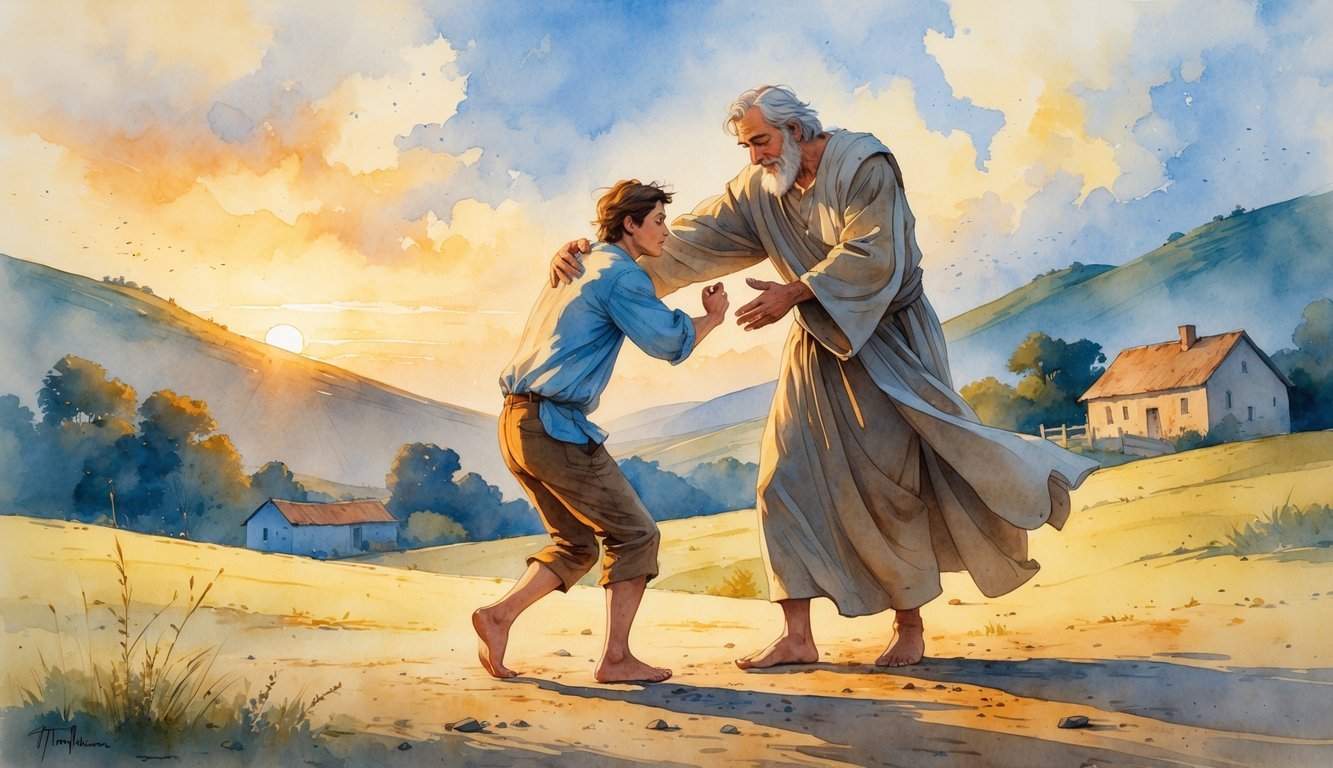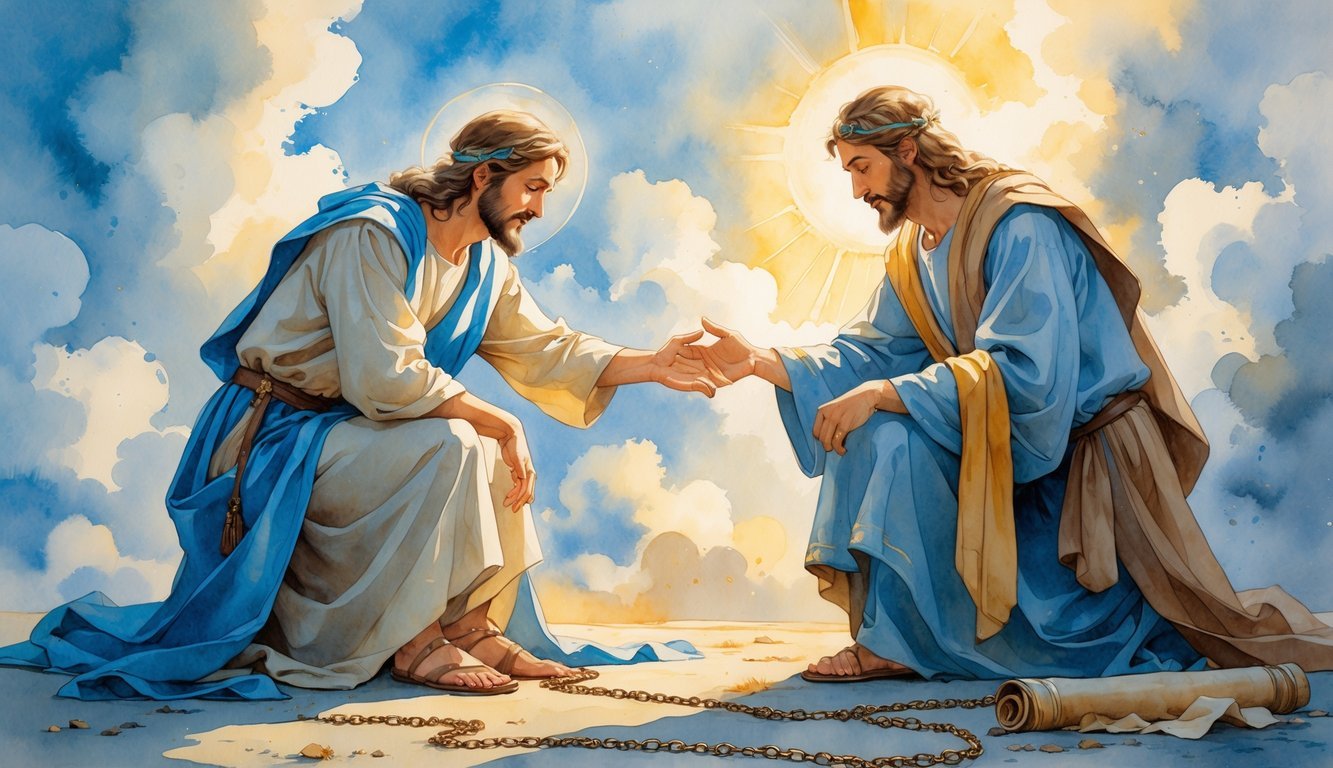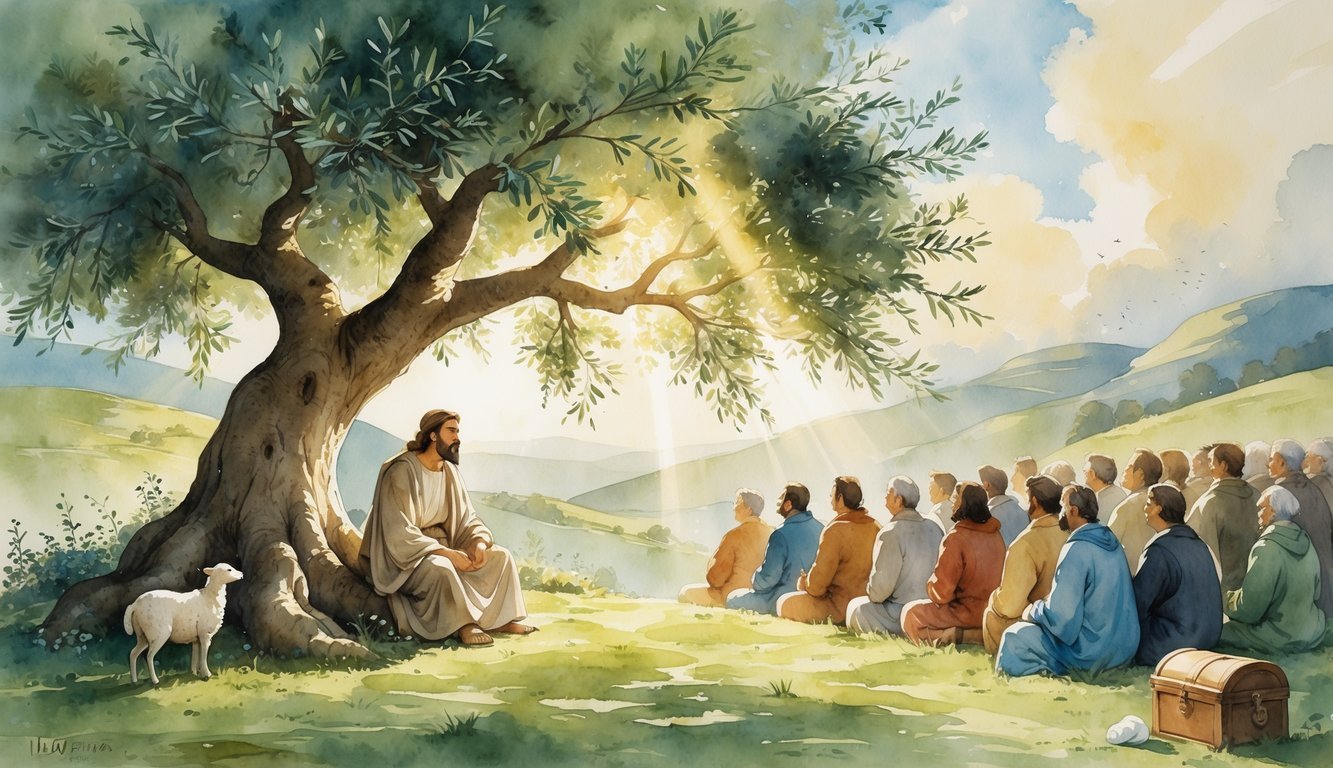PsychNewsDaily Publishers
100 Summit Drive
Burlington, MA, 01803
Telephone: (320) 349-2484
PsychNewsDaily Publishers
100 Summit Drive
Burlington, MA, 01803
Telephone: (320) 349-2484

Jesus told simple stories—parables—to get at the heart of life and faith. Somehow, these stories manage to connect with everyday moments and push you to think about what really matters. Even though they’re ancient, the lessons inside them still hit home for a lot of people.
Here are 12 lessons from Jesus’ parables that might just flip your perspective on life. These stories ask you to rethink your choices, your relationships, and what you value most. They still feel weirdly fresh, even after all these years.

Grace, in this story, means forgiveness even after you’ve screwed up. It shows that love and acceptance stick around, no matter how badly you mess things up.
You’re invited to let go of anger and welcome people back with open arms. Mercy can actually heal broken relationships and bring hope back into the picture.

The Good Samaritan basically says: love doesn’t have boundaries. You’re supposed to care for anyone in need, not just people you already like.
If you go out of your way to help, you’re living out a kind of love that ignores borders and differences. It’s not always easy, but that’s the point.

This parable says even the tiniest bit of faith can turn into something huge. Your faith might start small, like a mustard seed.
Give it some care and trust—suddenly, it grows and changes things in ways you didn’t expect. Don’t shrug off small efforts or doubts. Every bit matters.

Picture this: you lose one sheep out of a hundred, and you go after it. Jesus says the shepherd doesn’t give up—he searches until he finds it.
You matter, even if you drift away or feel lost. No one’s forgotten, no matter how far you wander.
It’s about hope, really. Love keeps looking for you.

The Rich Fool just keeps storing up more for himself, thinking that’s what life’s about. He misses the point—life isn’t just about money or stuff.
Don’t trust in wealth alone. Greed can make you miss what really matters.
This parable nudges you to focus on generosity and things that outlast material stuff.

The Sower’s story is all about your heart. Seeds fall on different soils, and your heart’s condition decides if the message sticks.
If you stay open and ready, good things can grow. But if you’re hard or distracted, nothing takes root. Heart readiness really does matter.

This parable tells you to use what you’ve got. Whether it’s skills, time, or resources, you’re supposed to take responsibility for them.
Growth and effort count more than how much you start with. Using your gifts makes a real difference for you and for others.
You’re encouraged to take risks and not bury your talents out of fear. Action shows faith in what you’ve been given.

Here, Jesus makes forgiveness look essential. A servant gets a huge debt wiped out but then refuses to forgive someone else’s smaller debt.
You’re reminded to forgive others, just as you’ve been forgiven. Holding on to anger only hurts you and your relationships.
When you forgive, you free yourself. It’s a powerful way to heal and move forward.

This parable is about what you build your life on. The wise builder picks rock and his house stands strong. The foolish one goes with sand, and everything falls apart when storms hit.
If you listen to Jesus’ teachings and actually live them out, you’ll stand strong in tough times. Your foundation really does matter.

Jesus flips your idea of fairness in this story. Workers who show up late get paid the same as those who worked all day.
Honestly, that feels unfair to most of us. But God’s generosity works differently—He gives grace to everyone, no matter when they show up.
You’re challenged to trust God’s fairness, even when it doesn’t line up with your own.

This parable says the kingdom of heaven is worth everything. A merchant sells all he owns to get one perfect pearl.
You’re supposed to be willing to give up anything for what’s truly valuable. The kingdom matters more than your stuff.
Once you get that, it makes sense to go all in.

Two men pray in this story. The Pharisee brags about his good deeds.
The tax collector, though, owns up to his mistakes and asks for forgiveness.
This parable pushes you toward humility. Real connection with God comes from honesty, not showing off.
Pride blinds you, but humility opens the door to grace.

Jesus’ parables grew out of the world of first-century Judea. They’ve also shaped the way people tell stories today, especially when it comes to teaching big ideas through simple, relatable moments.
Back then, parables used stuff people saw every day—farming, family drama, parties. Tenants in vineyards, landowners, that sort of thing.
Knowing these details helps you get why Jesus’ stories made sense to his audience. These weren’t just random tales; they reflected real life.
By using local culture, Jesus made deep spiritual ideas easier to grab onto. The stories felt personal and relevant.
Modern storytellers still borrow from Jesus’ style. You see it in how people use everyday stories to teach values, whether in books, movies, or classrooms.
This way of explaining big truths through familiar situations is everywhere. It helps lessons stick.
Parables still guide people today, making spiritual and moral ideas easier to remember. Their impact stretches way beyond their original time.

To get the real meaning behind Jesus’ parables, you have to look past the surface. These stories use everyday stuff to talk about bigger spiritual truths.
If you pay attention to the themes and how people have interpreted them over the years, you’ll find lessons that still hit home.
A lot of parables use symbols—seeds, shepherds, lost things—to teach bigger lessons. A seed often stands for growth or faith. A shepherd means care and guidance.
These images make it easier to connect normal life with spiritual ideas. Forgiveness, love, and patience pop up again and again.
The Good Samaritan is about kindness, even to strangers. The Prodigal Son is about forgiveness and second chances. Spotting these themes helps you see what Jesus wanted people to learn about life and relationships.
Over the years, people have come up with fresh ways to understand the parables. At first, folks mostly viewed the stories through the lens of their own culture.
These days, readers often dig into the historical context or wonder how these stories fit with modern life. It’s honestly pretty fascinating to see how much interpretations can shift.
Some parables carried hidden meanings for different groups. Jesus shared stories that explained God’s kingdom to certain people, but he left things a bit mysterious for others.
Now, you can explore these layers with commentaries or study guides. Taking a closer look can make the lessons feel more real and useful in everyday life.